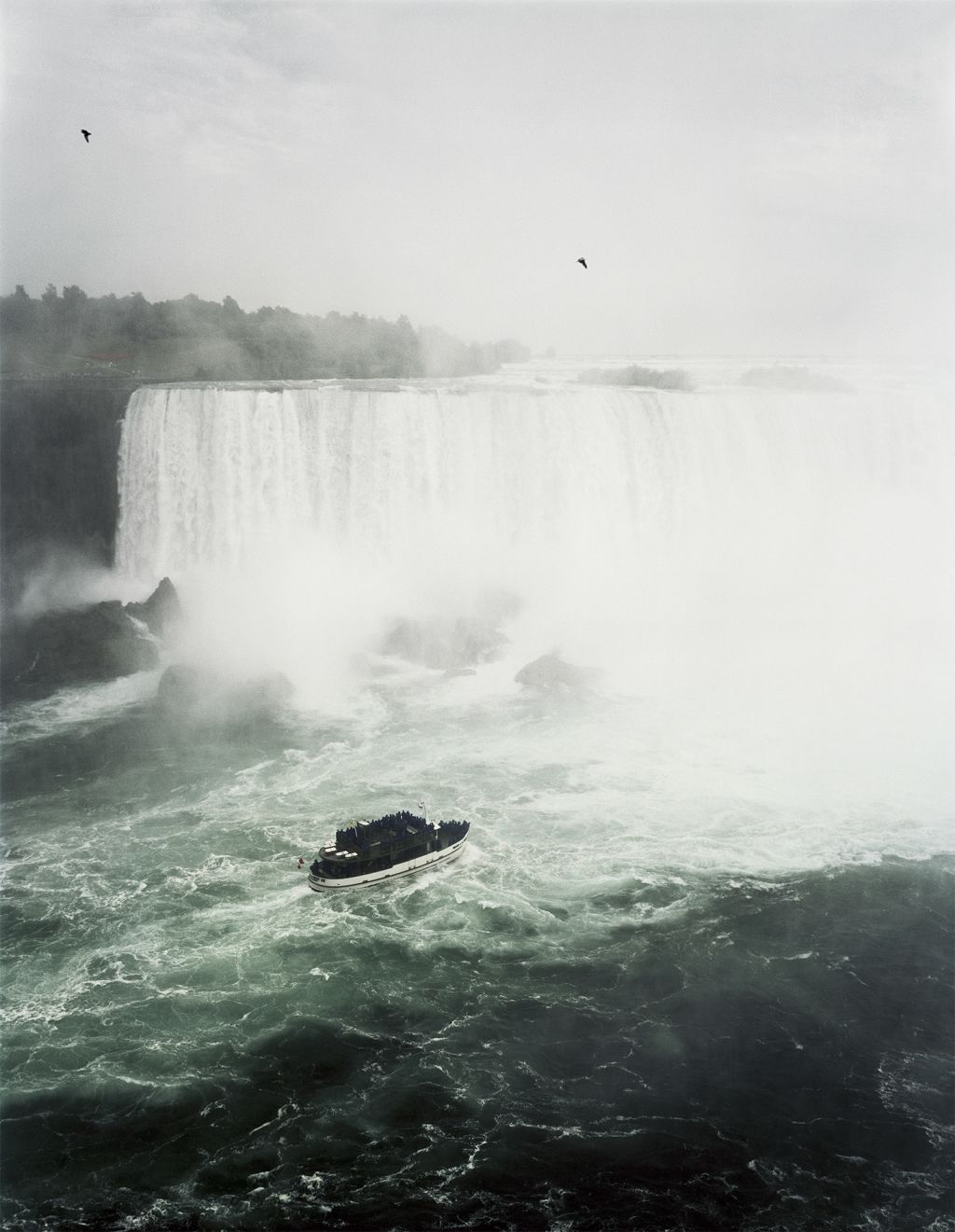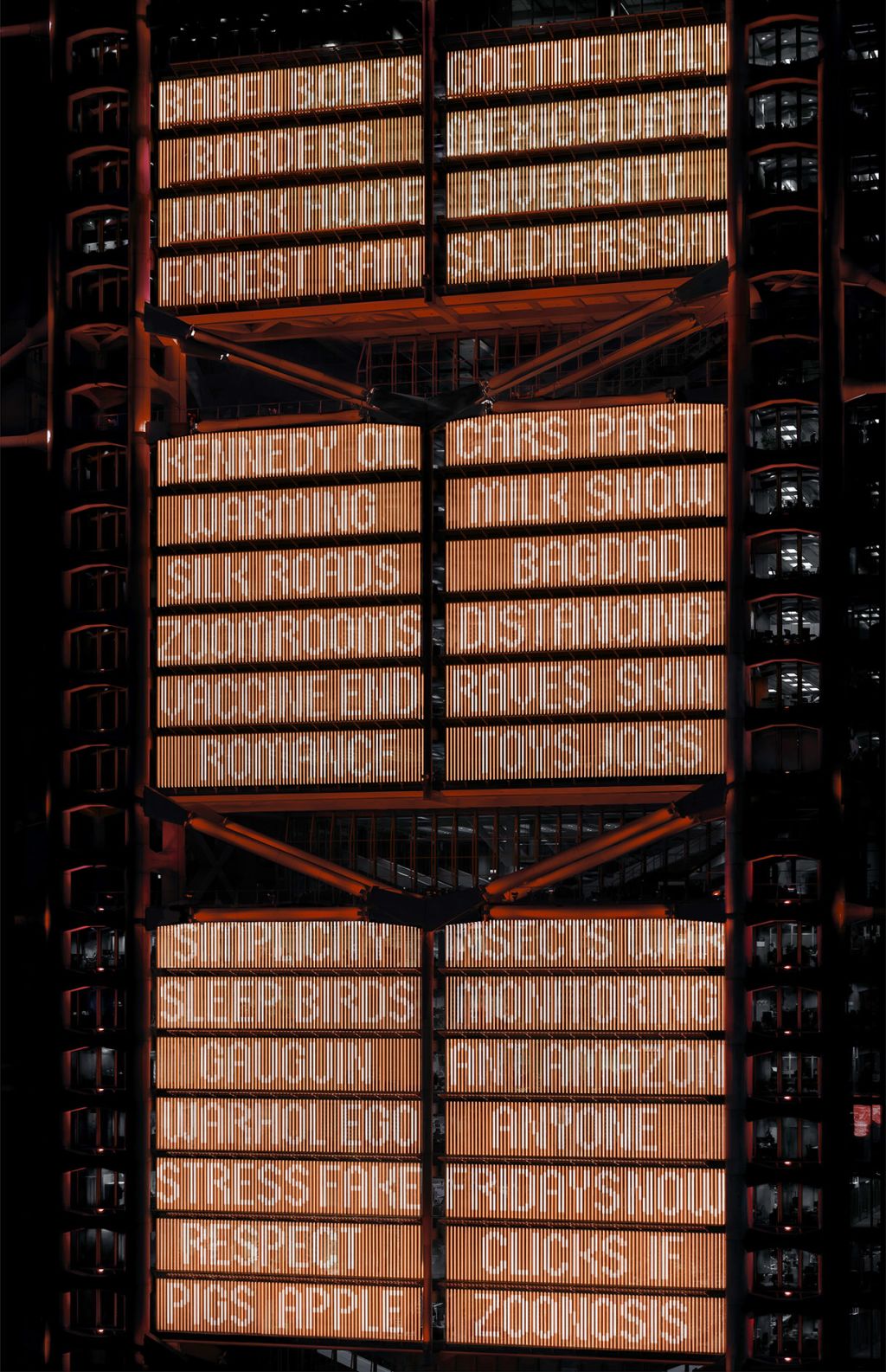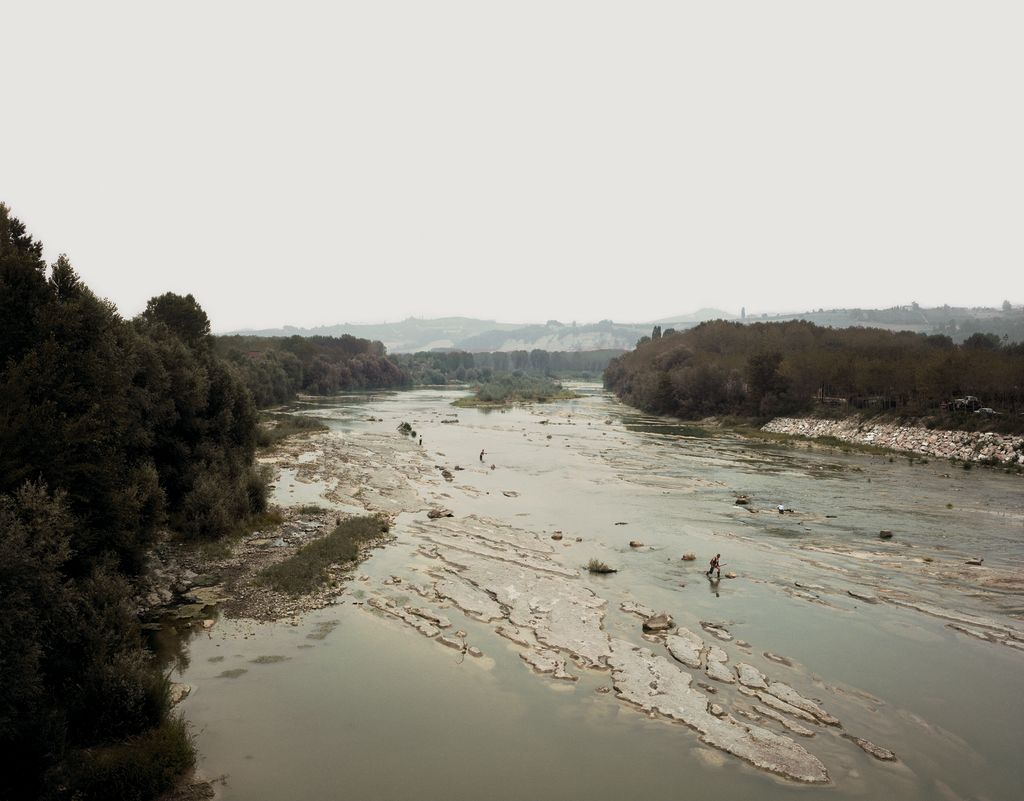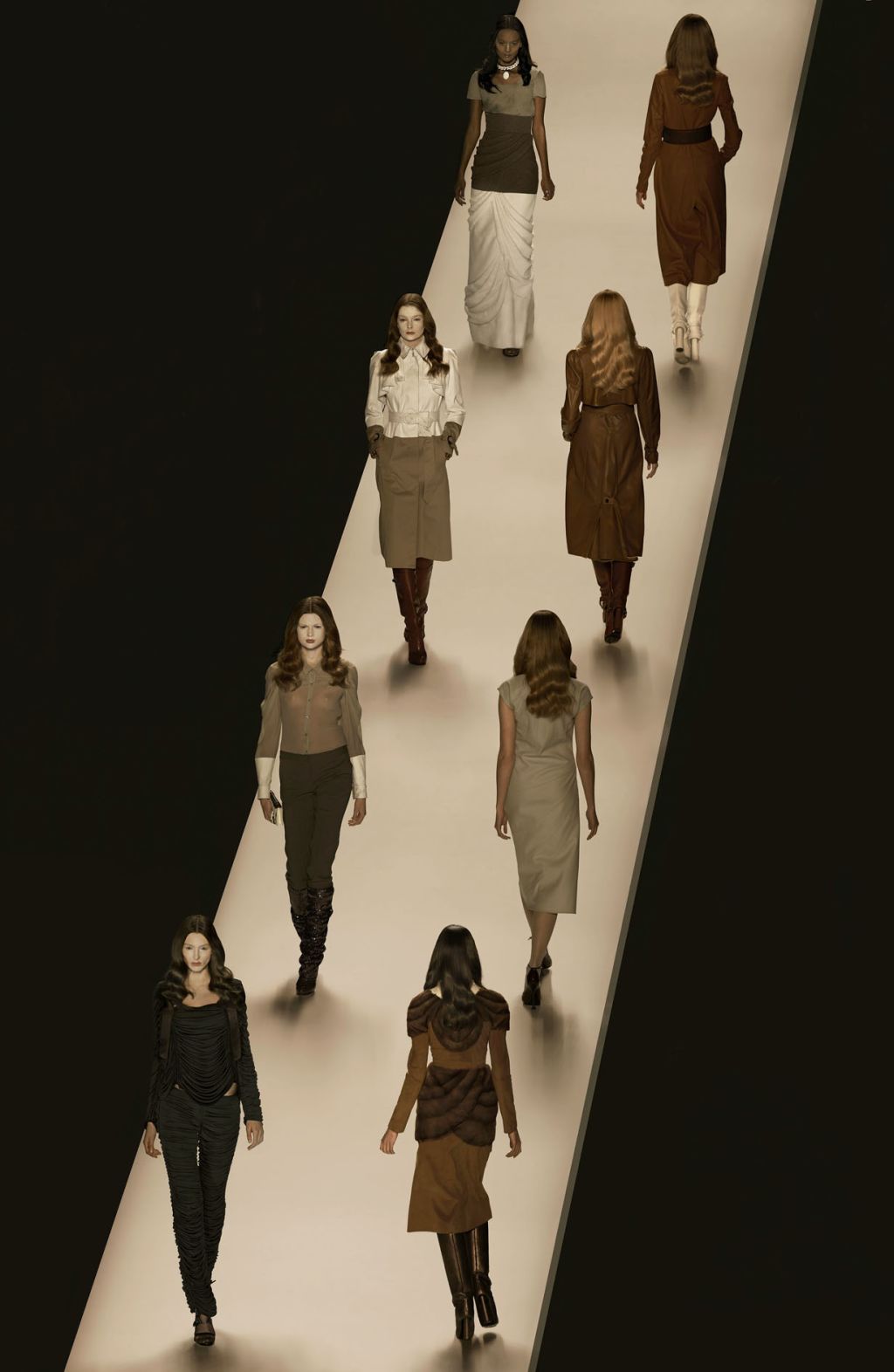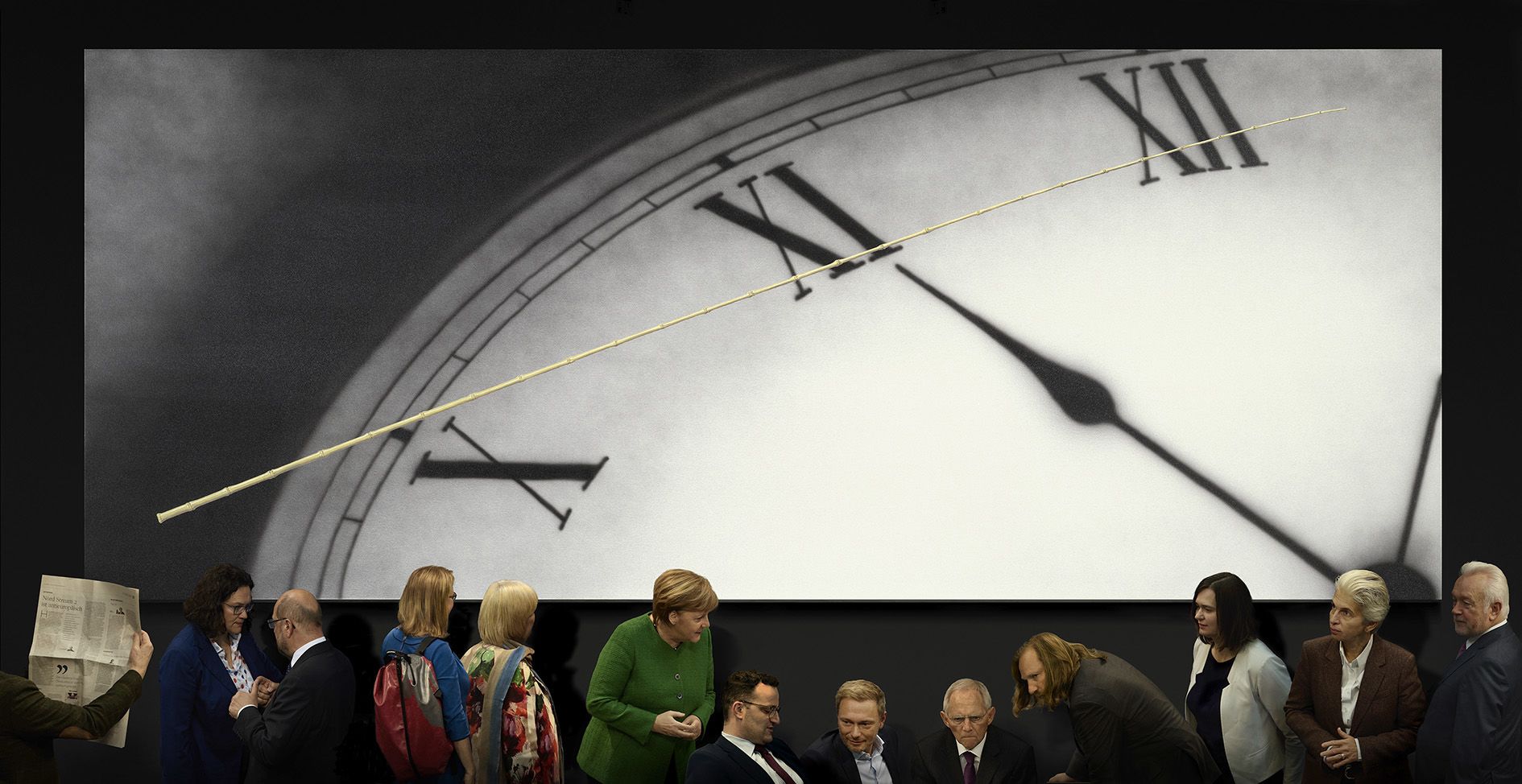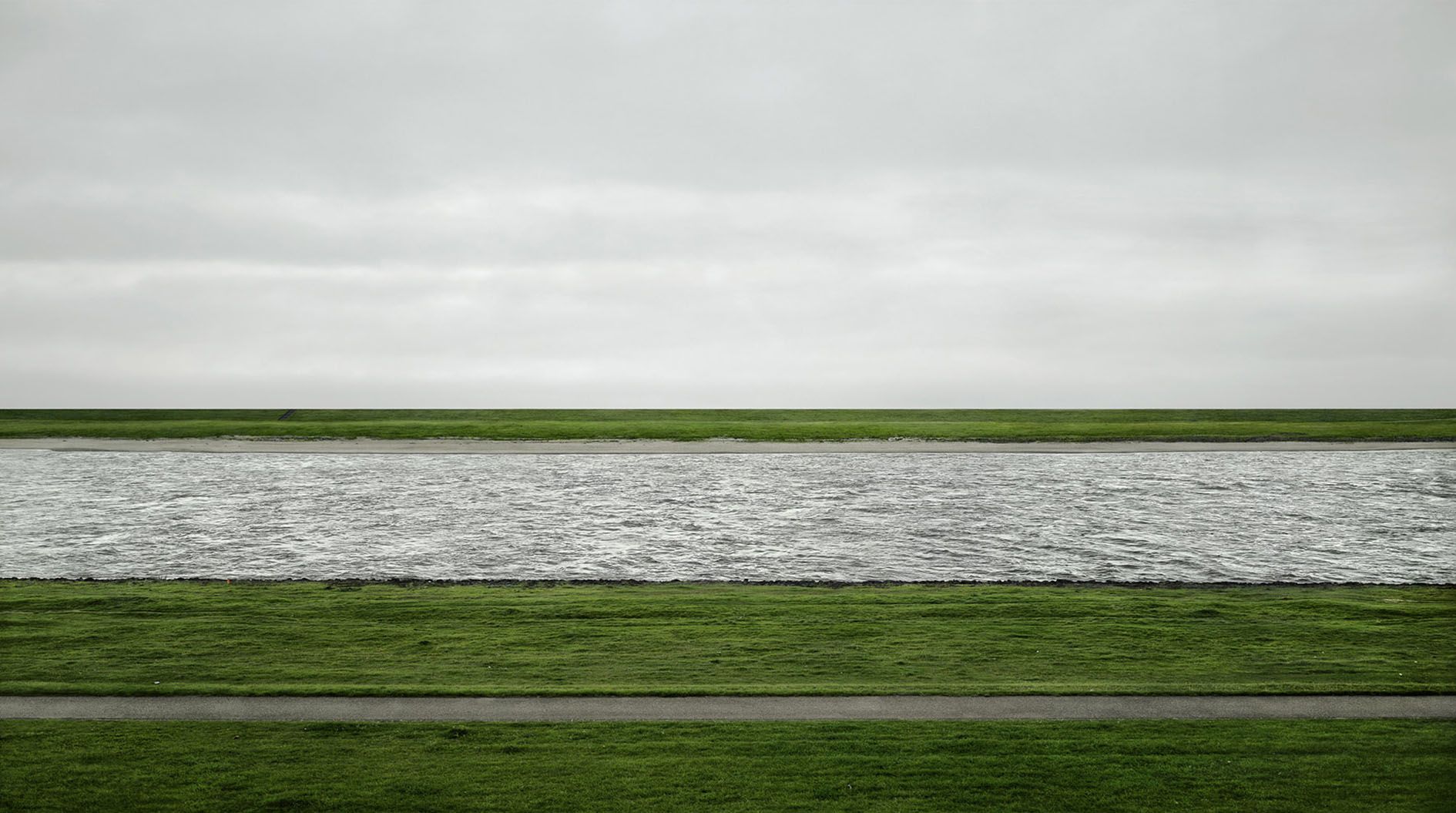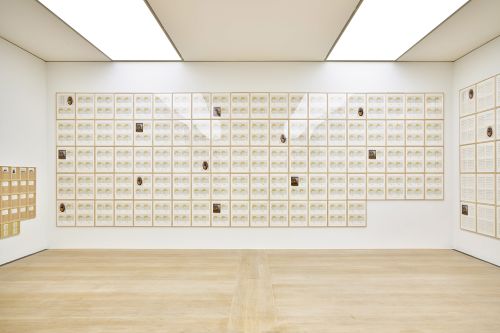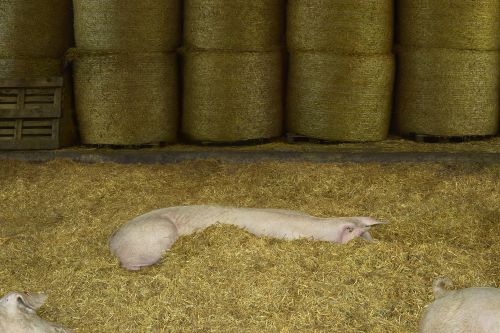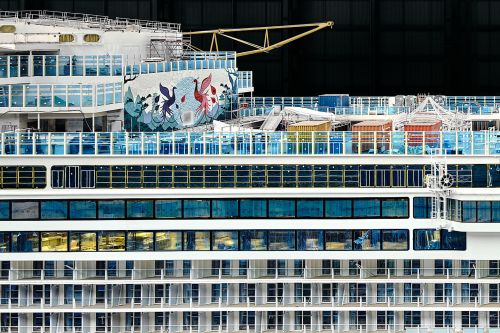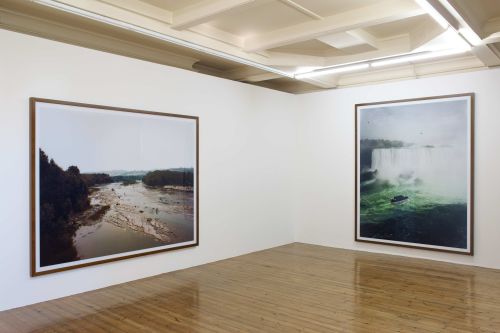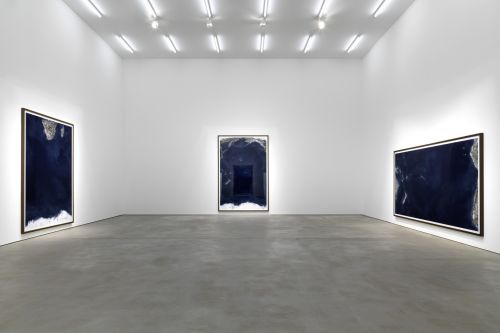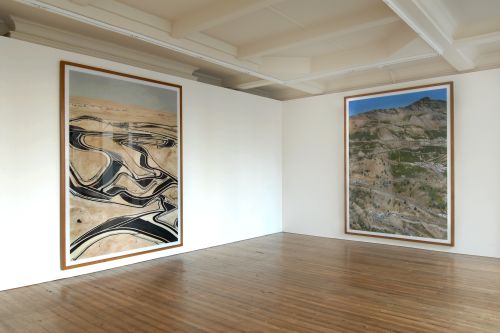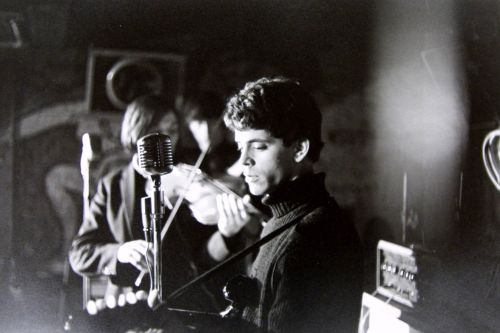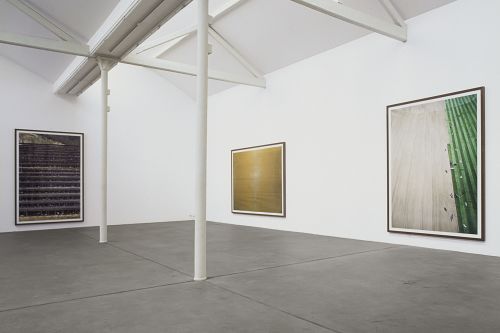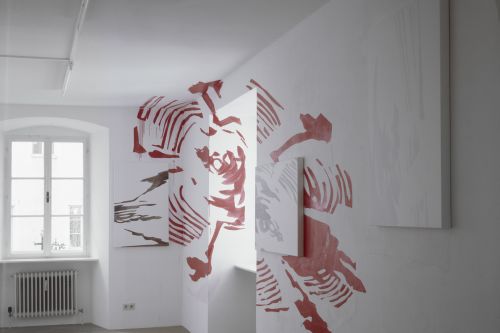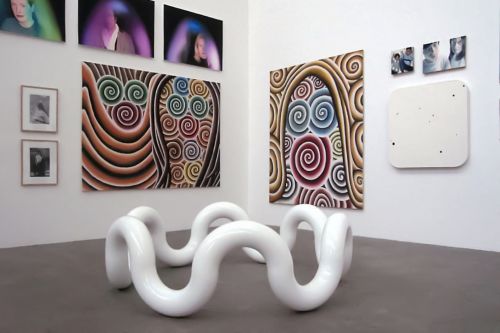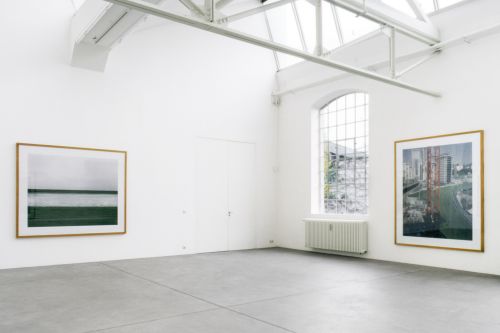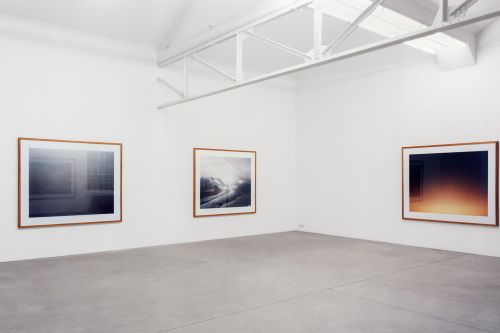Andreas Gursky (*1955) is considered one of the most important photographers in the world, an artist who has expanded the boundaries of the photographic medium like few before him. His complex, large-format images—some of which have attained iconic status—show spectacular landscapes and elaborate interiors, combining technical virtuosity with a painterly eye. His work casts a relentless gaze on the age of globalization, rigorously dissecting the effects of modernity. The Dusseldorf-based artist has been associated with the gallery since 1993.

© Louise Lawler
Capturing the Moment
Group Exhibition
Tate Modern, London
Through April 28, 2024
A journey through painting and photography The arrival of photography changed the course of painting forever. In this unique exhibition, we explore the dynamic relationship between the two mediums through some of the most iconic artworks of recent times. From the expressive paintings of Pablo Picasso and Paula Rego, to striking photographs by Hiroshi Sugimoto and Jeff Wall, you will see how these two distinct mediums have shaped each other over time. You will also discover how artists have blurred the boundaries between painting and photography, creating new and exciting forms of art, such as Pauline Boty's pop paintings, Andy Warhol’s silkscreen prints, the photorealist works of Gerhard Richter, or Andreas Gursky's large-scale panoramic photographs. In an open-ended conversation between some of the greatest painters and photographers of the modern era, we explore how the brush and the lens have been used to capture moments in time.
Link








